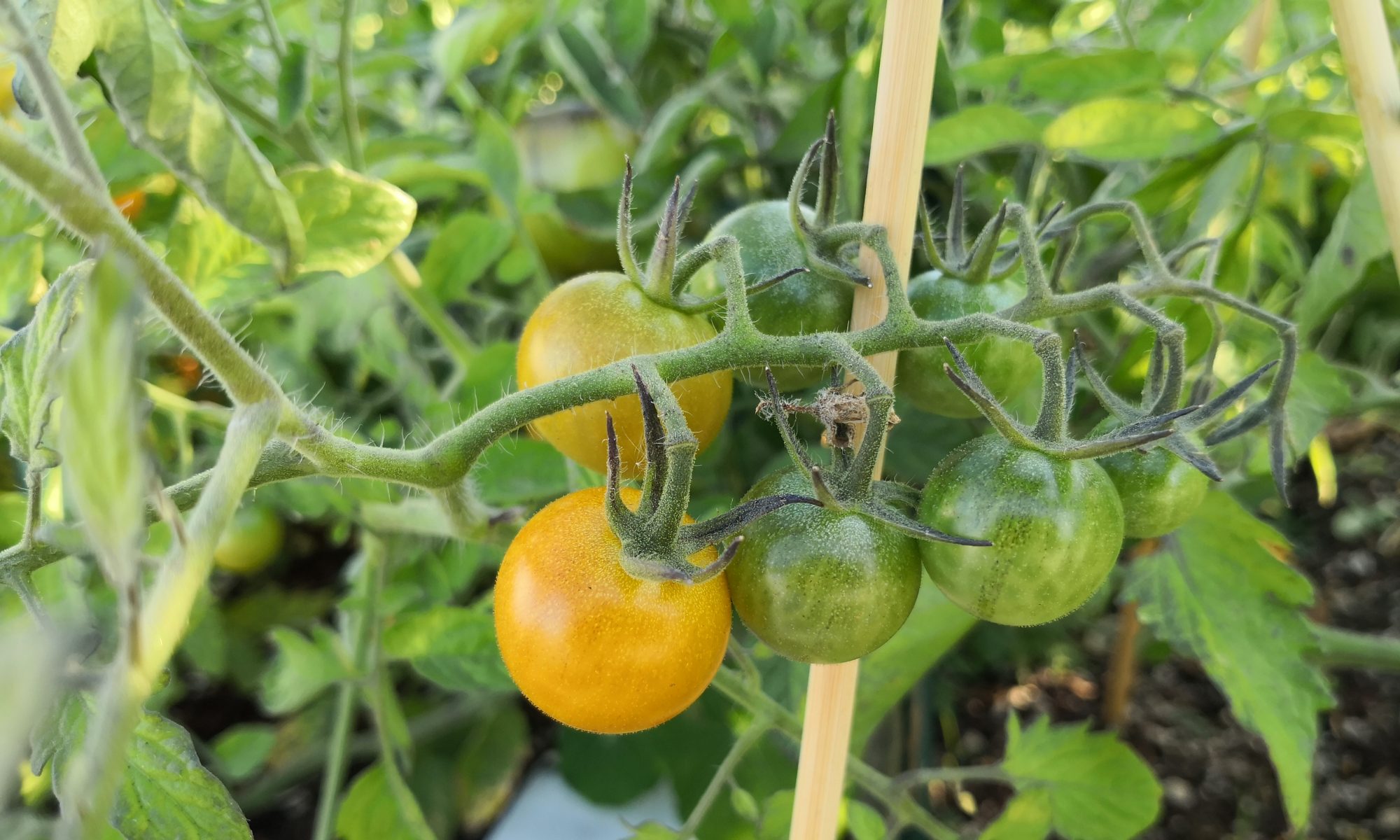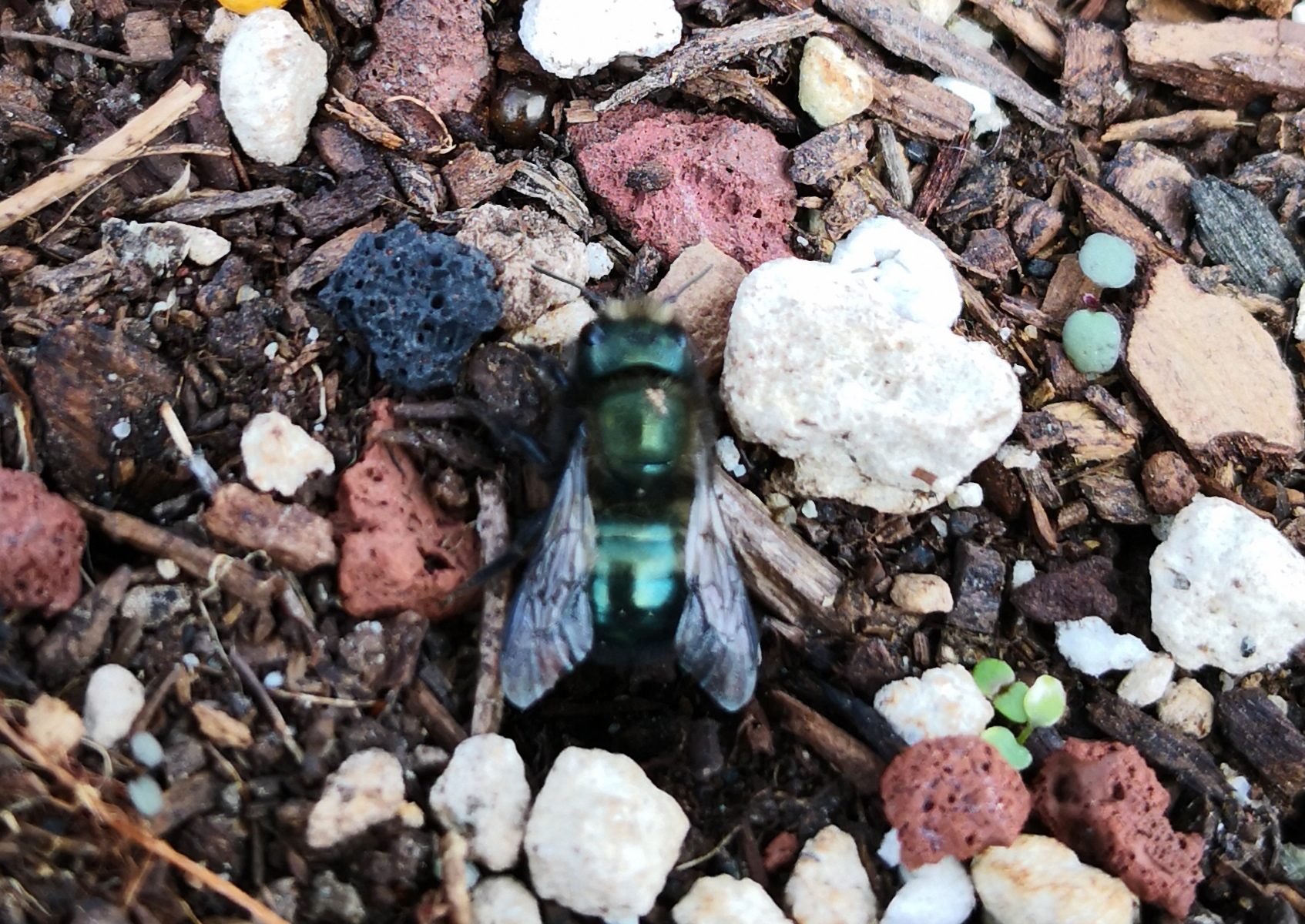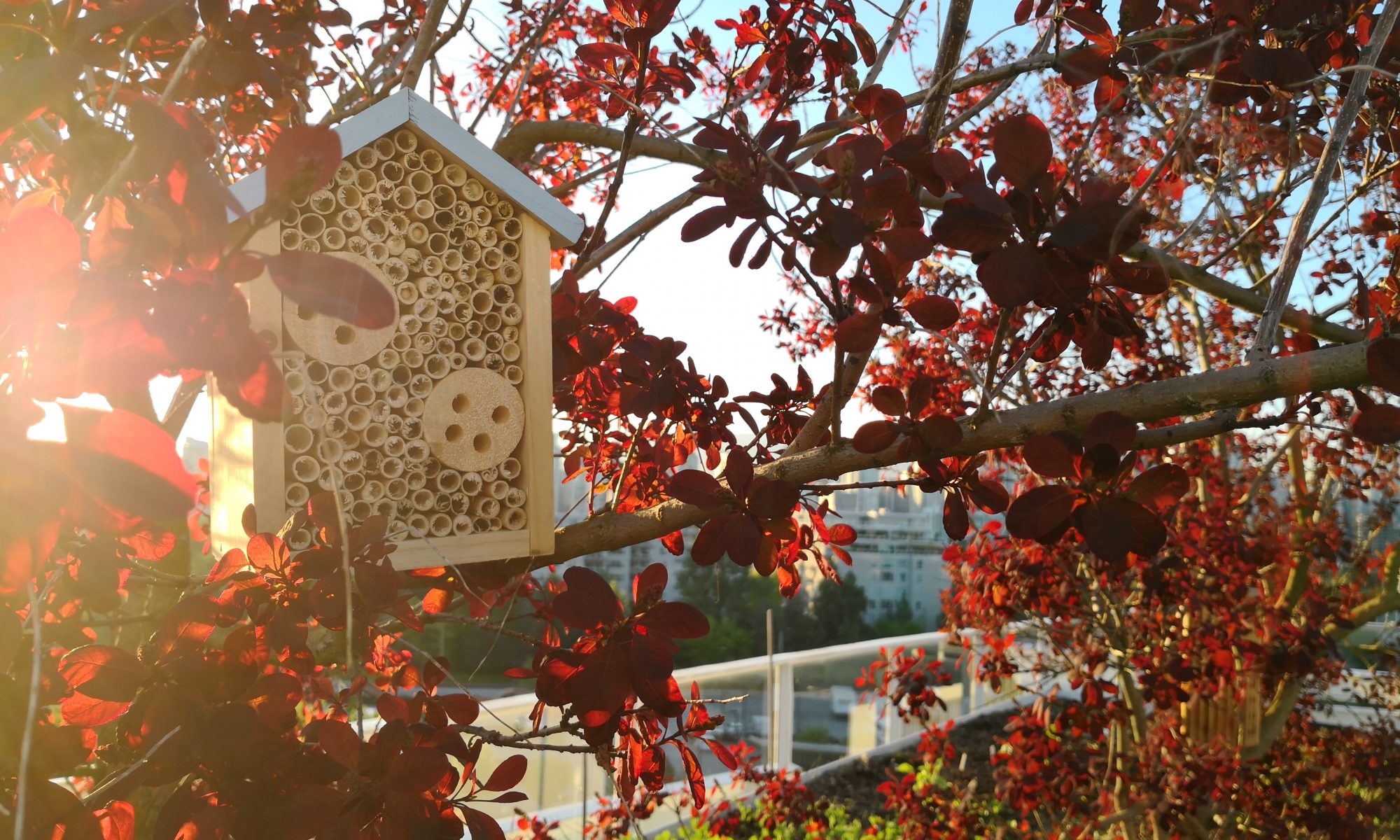Buy Mason Bee Revolution – Canada
It’s the middle of April, so time for my second post on native pollinators. This year I again purchased a handful of mason bee cocoons to get a jump on pollinating until the bumblebee and honey bee populations can find the roof. I should mention that last year several of the tubes in my bee houses were filled and sealed by the mason bees introduced at that time. Unfortunately I didn’t properly take care of them over the winter, though I intend to do so this year if I’m given a second chance. For anyone else in a similar situation, here’s a handy guide to harvesting your mason bee cocoons at the end of the season: https://crownbees.com/harvest-cocoons
The Good. As mentioned above, the cocoons we set out last year hatched (not all, but many of them) and were seen happily pollinating the flowers across our roof. After a few weeks I started to see a few of the tubes closed off with mud. All in all perhaps a dozen tubes were closed in this fashion.
The Bad. First, I noticed many small insects around one of my bee houses in particular, this being the one housing the leaf-cutter bee cocoons. They were almost certainly predatory wasps, and looked like this. Their presence might explain the very low hatch rate for the leaf-cutter cocoons that I’d purchased. Also, as mentioned above I didn’t properly harvest the mason bee cocoons, and instead left them outside over the winter. Fortunately for me, almost all of the plugged cocoons appear to have hatched this spring, and I’m seeing bees buzzing about the bee houses even though the newly purchased cocoons haven’t yet emerged.
The Ugly. While most of the bees I’ve seen up close this spring have looked healthy, I’ve encountered a couple that were absolutely INFESTED with mites. If you look at the photo at the top of this post, you’ll see 6 mites hitching a ride on the bee’s back. In one instance there must have been HUNDREDS of mites on the poor bee. As such, I will be absolutely sure to properly harvest the cocoons this year, and will at minimum continue to replace all tubes with new bamboo, and possibly replace the houses themselves.


